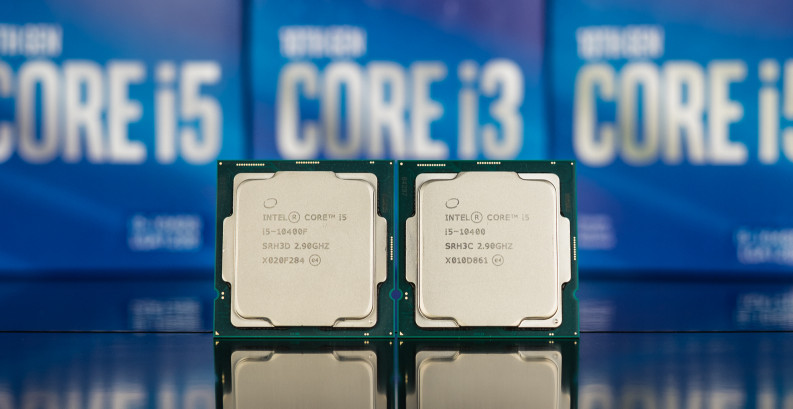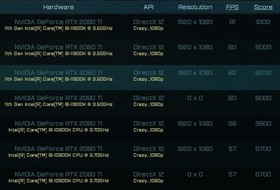
A lot of time has passed since the release of LGA1200 Intel Comet Lake processors, during which we managed to publish several reviews of the most interesting representatives of the series. On our website you can read about:
10-core processor Core i9-10900K;
8-core processor Core i7-10700K;
6-core processor Core i5-10600K.
And here's what's interesting. As you move down the Comet Lake lineup, a clear trend begins to be traced: the simpler and cheaper the processor, the more attractive it seems in modern conditions. While the older Comet Lakes turned out to be both hot and gluttonous, and the ratio of their price and performance did not allow them to be considered full competitors for modern representatives of the Ryzen series, in the case of the Core i5-10600K, everything turned out to be far from the case. The six-core Intel has adequately performed against the background of the senior six-core proposal from AMD, clearly indicating by its example that an unambiguous conclusion about the complete superiority of processors from one manufacturer or another at the present stage cannot be made.
And apparently, the most controversial situation is now taking shape in the middle price segment, where six-core Ryzen 5 and Core i5 processors are fighting for the favor of users. Therefore, immediately after getting acquainted with the senior LGA1200 six-core Intel, we decided to pay attention to one more processor of the same series - the junior Core i5-10400, and especially to its modification without integrated graphics - Core i5-10400F. They, like the Core i5-10600K, have six processing cores, and at the same time their cost is about one and a half times lower and is at the level of $ 160- $ 180. As a result, Core i5-10400 and Core i5-10400F are logically opposed to the hit of sales, the most popular processor on the Russian market, the six-core AMD Ryzen 5 3600. And in this material we will try to determine which of these alternatives is Core i5-10400F or Ryzen 5 3600 is better suited for low-cost configuration today.

It would be appropriate to remind here that the junior six-core processors are traditionally good at Intel. The six-core processor of the Coffee Lake Refresh generation - Core i5-9400 - was at one time generally considered the best mid-budget model in terms of price-performance ratio, but later AMD, having switched to the Zen 2 architecture, was able to offer a more interesting option in the face of the Ryzen 5 3600. Now the six-core family Intel is once again noticeably stronger as Hyper-Threading technology was unlocked in Comet Lake. As a result, it turned out that the Core i5-10400F and Ryzen 5 3600 are not just competitors playing the game in the same price segment, but completely identical processors in terms of the nuclear formula, having six cores and supporting twelve threads. This means that their comparison will at the same time make it possible to draw a more general conclusion about how the 14nm Intel Skylake architecture, which has been invariably used in Intel desktop solutions over the past five years, looks against the background of actively progressing AMD processors.
Core i5-10400F and Core i5-10400 in detail
It should be said right off the bat that the Core i5-10400F and the Core i5-10400 are almost the same thing. These processors are identical in their characteristics, and the only difference is that the version with the letter F in the name does not have integrated graphics. Moreover, in fact, the graphics core on a semiconductor Core i5-10400F crystal is present, but it is locked by hardware. Intel came up with the idea of selling the F-series processors last year as a measure to counter shortages, but they have caught on in the market and are now fully fledged offerings that also allow customers to save money. For example, the Core i5-10400F costs a whopping $ 25 less than the Core i5-10400.

Core i5-10400 (left) and Core i5-10400F (right)
Otherwise, the Core i5-10400F and Core i5-10400 are the same. These processors have a 6/12 core formula, have 12 MB of L3 cache and are designed to operate in the frequency range from the base 2.9 GHz to the maximum 4.3 GHz. Work at the upper frequency limit is provided by the traditional Turbo 2.0 technology, no new versions of Turbo Velocity Boost (auto overclocking, depending on the processor temperature) and Turbo Boost Max 3.0 (auto overclocking based on choosing the best quality processor cores) are not supported in them. But this is not news, there are no such turbo options even in the overclocking Core i5-10600K.
